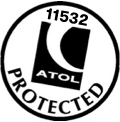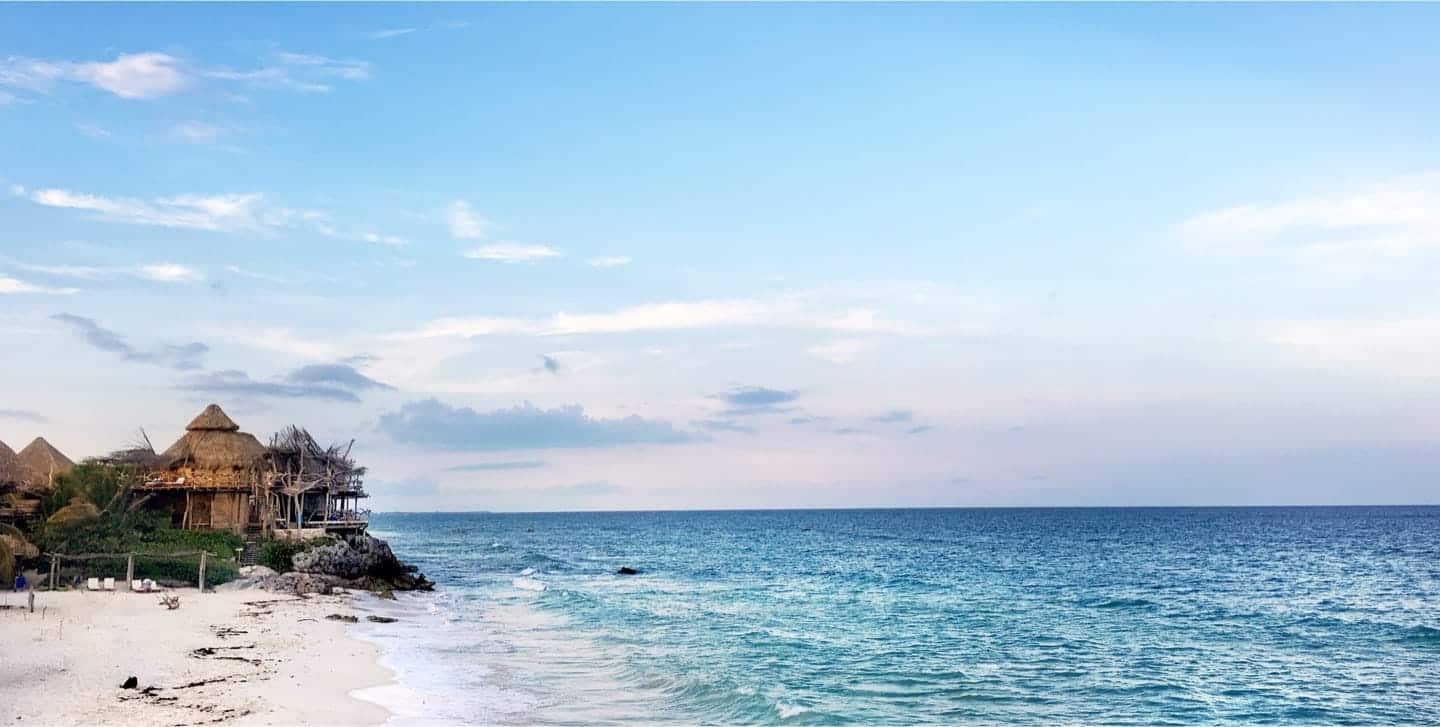A guide to some of the key Mayan archaeological sites & ruins of the Yucatan Peninsula with links to further, more detailed information on the most popular destinations.
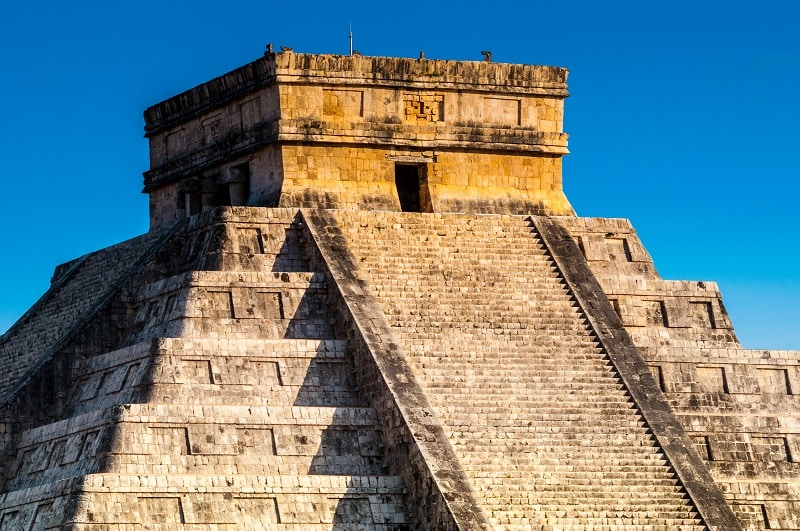
The Yucatan Peninsula is the broad description given to three separate Mexican states, namely Yucatan, Quintana Roo and Campeche, between them part of the vast Mayan empire that stretched across southern Mexico, Belize, Guatemala, El Salvador and Honduras.
For ease of planning your holiday itinerary, we have listed Mayan ruins region by region with links to further information on some of the key sites.
Please note that this list is far from exhaustive. There are hundreds of Mayan sites spread across the Yucatan Peninsula, some on private property, others yet to be discovered.
The state of Yucatan boasts the greatest quantity and quality of Mayan sites in the region so it is only right that we start in this ruin-rich region.
Mayan sites of Yucatan State
Chichen Itza – Unquestionably the most famous of Mexico’s many Mayan archaeological sites, Chichen Itza covers a significant area and is the most extensively excavated and restored of any Mayan site. Definitely worth visiting, we’d recommend doing so first thing in the morning or late in the afternoon so as to avoid the tour groups.
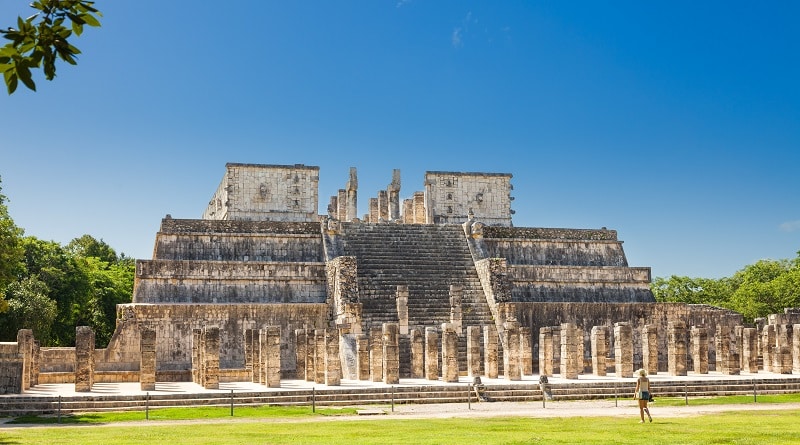
Ek Balam – Only relatively recently opened to the public, Ek Balam is often visited in combination with Chichen Itza and is primarily noted for its superb carvings. The colonial town of Valladolid is an excellent base.
Mayapan – Largely overshadowed by Chichen Itza, Mayapan was one of the largest Mayan cities in the region as well as one of the last to fall into decline.
Izamal – Although now thought of as a colonial-era town, famous for its vast convent, Izamal was actually built on the ruins of an old Mayan settlement and, even today, the highest point in town is the ruin of a vast pyramid.
Ake – Located midway between Merida & Izamal, few visitors make it to the small Mayan site at Ake (pictured below) although the attractive ruins are worthy of a detour, as is the adjoining hacienda hotel.
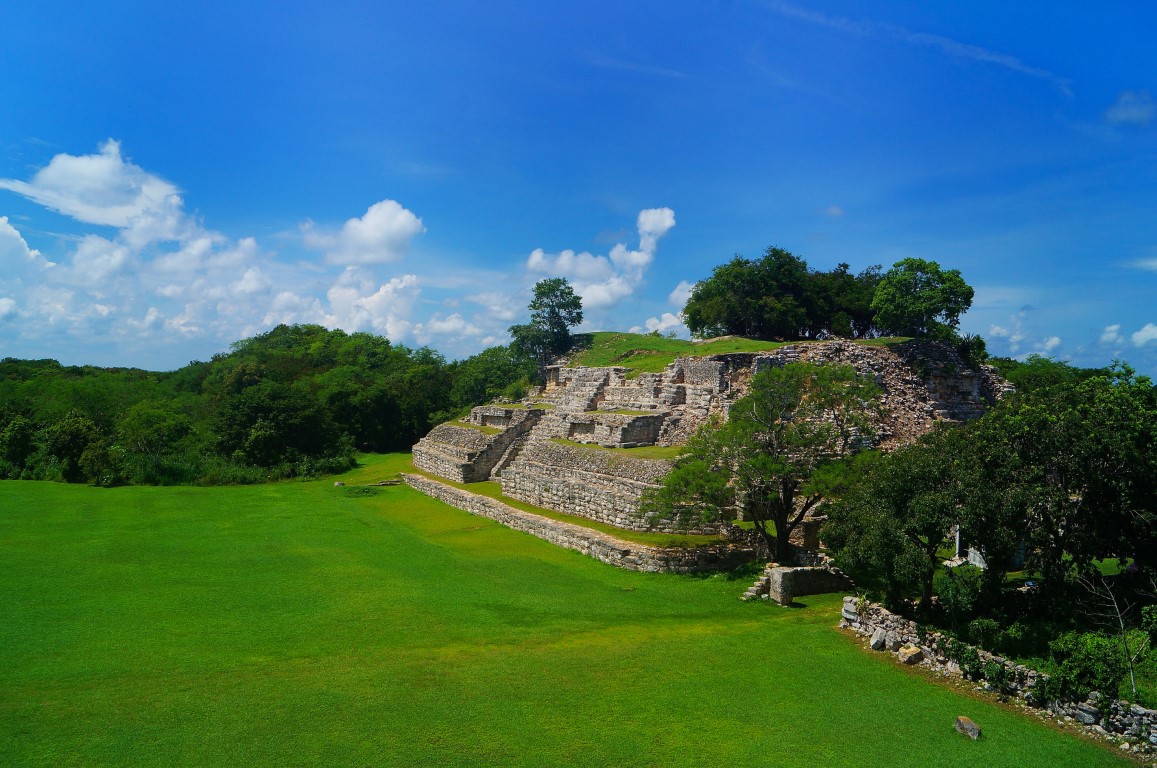
Dzibilchaltun – Located a short drive north of the colonial city of Merida, Dzibilchaltun is one of the oldest Mayan cities in the Yucatan Peninsula as well as one of the longest continually inhabited sites in the region. It is also one of the few archaeological sites in the area with its own museum.
Acanceh – Like Izamal, the not insignificant remains of this sizeable Mayan settlement are to be found dotted around the modern town of Acanceh, a short drive south-east of Merida and often included in the Convent Route.
Puuc Hills – The Puuc Hills are located south of Merida and are home to a cluster of Mayan ruins as well as giving their name to a school of Mayan architecture.
Uxmal – The largest and most impressive of the Puuc Hills Mayan sites, Uxmal (pictured below) is famed for both its setting and beautiful architecture, especially its unique, conical shaped pyramid. A must visit for any visitors to the region.
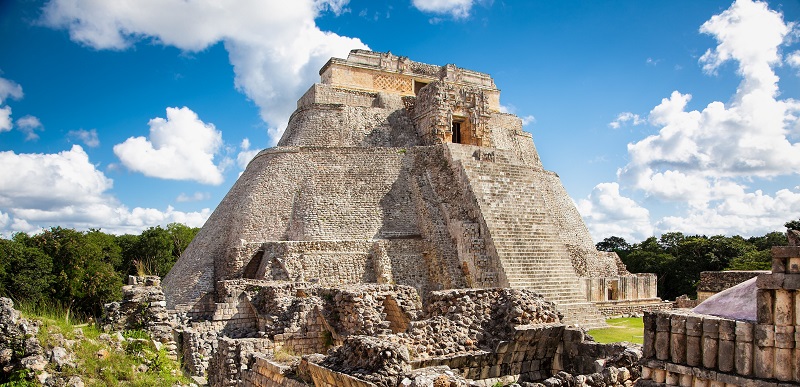
Kabah – The second largest site within the Puuc Hills, and straddling highway 261, Kabah features superb, intricate stonework in addition to the usual substantial structures spread around the site.
Sayil – Another of the Puuc Hills sites, Sayil consists of four separate building groups, the most impressive of which is Grand Palace, notable both for its scale and intricate stonework.
Labna – One of the smaller of the Puuc Hills’ sites, Labna is famous for its still intact arch, the most impressive surviving example of its type in the Yucatan.
Xlapak – Located between Sayil & Labna, Xlapak is a small archaeological site that, with so many other nearby sites nearby, barely attracts any visitors. Expect to have the ruins to yourself.
Oxkintok – On the edge of the Puuc Hills, and less extensively excavated than other sites in the locality, Oxkintok is another archaeological site that receives very few visitors.
Xcambo – Located on the north coast, Xcambo was once an important Mayan trading port although, today, finds itself very much out on a limb and consequently attracts far fewer visitors than it merits.
Mayan ruins of Campeche
Calakmul – Located in the deep south of the Yucatan Peninsula, not far from the border with Guatemala, the vast Mayan city of Calakmul (pictured below) is largely covered by dense jungle, save a handful of towering pyramids that soar above the jungle canopy. Highly recommended.
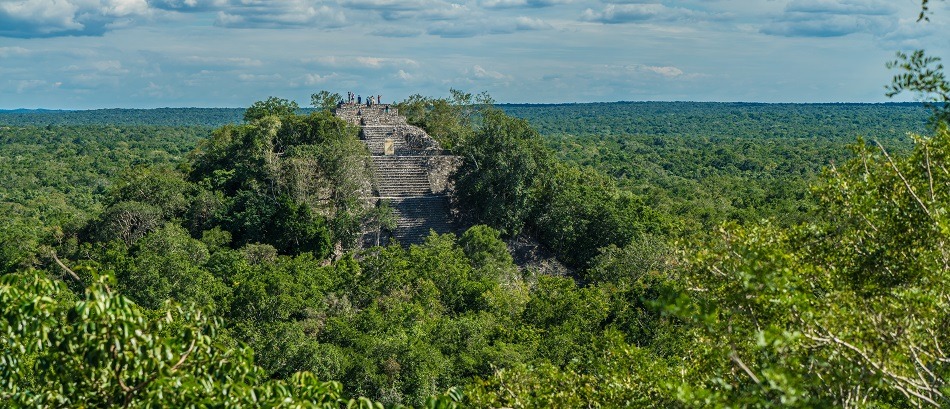
Becan – Located to the north of Calakmul, and located on the main highway linking the east and west coasts, the Mayan ruins at Becan are worth stopping for, especially as you will probably have them all to yourself.
Chicanna – Similar to Becan, Chicanna is also located on the main highway and, conveniently, a short walk from one of the very few hotels in this scantly visited region.
Tabasqueno – One of the most isolated and scarcely visited Mayan sites in the Yucatan Peninsula, the small ruins at Tabasqueno aren’t really close to anywhere of note or even en-route to anywhere. Top bragging rights if you make it out here.
Edzna – A popular and easy day trip from the city of Campeche, the impressive ruins at Edzna (pictured below) are far larger and more varied than most visitors expect and are dominated by the huge main pyramid, the Nohoch Na.
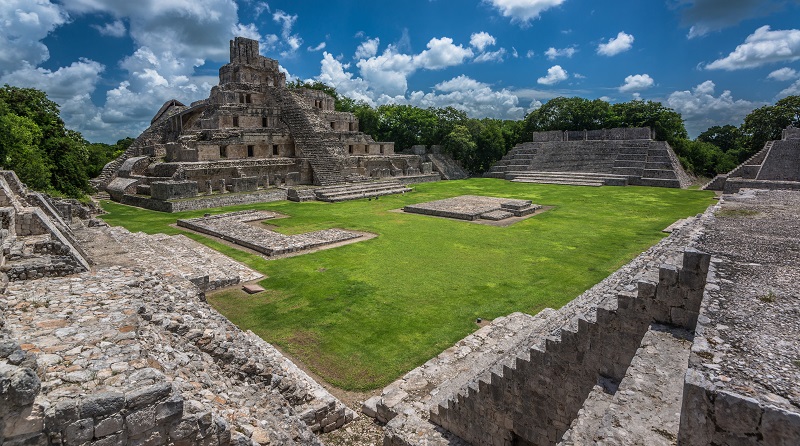
Mayan archaeological sites of Quintana Roo
Tulum – While there are many archaeologically more impressive, and historically more significant, Mayan sites across the Yucatan Peninsula, none can match Tulum’s (pictured below) spectacular setting overlooking the Caribbean. Bring your towel and have a swim but expect to share the site with significant crowds.
Muyil – Located just off the main coastal road, on the edge of the Sian Ka’an Biosphere, Muyil was once an important trading port but, largely still covered in dense jungle and totally overshadowed by nearby Tulum, receives very few visitors today.
Chacchoben – A short detour from the main, north – south coastal road, Chacchoben is a compact site with a mix of ruins, some extensively renovated buildings, others that have barely been touched.
Coba – An hour’s drive inland from Tulum, the ruins of Coba are mostly buried beneath dense vegetation. The main draw at the site is the main pyramid, one of the highest in the Yucatan Peninsula, and the spectacular 360 degree views from the top.
El Rey – It comes as a surprise to many visitors to discover that slap bang in the heart of Cancun, alongside the golf course no less, is the small Mayan ruined settlement of El Rey.
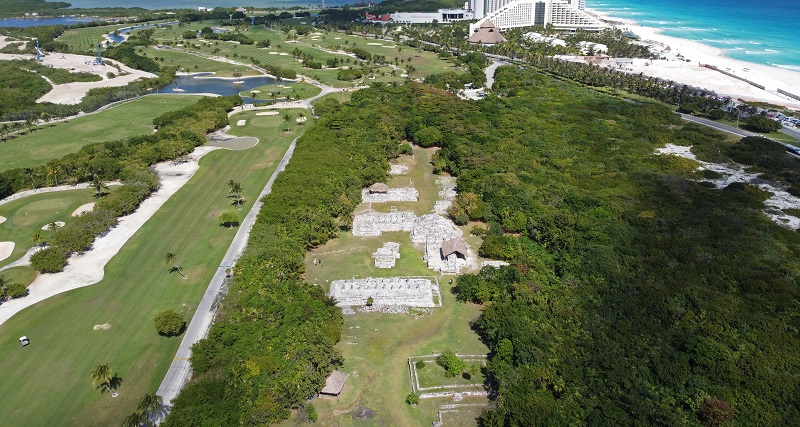
El Meco – In a similar vein to El Rey, the Mayan archaeological ruins of El Meco are located just a few miles north of Cancun and, while not nearly as spectacular as Tulum, also overlook the Caribbean.
Isla Mujeres – This tiny island just off the coast of Cancun is popular with visitors seeking a more laidback beach experience. On the southern tip of the island are the remains of the Mayan temple of Ixchel, goddess of the moon.
San Gervaiso – Located on the southerly, much larger island of Cozumel, the small Mayan site of San Gervaiso was thought to be an important pilgrimage site.
Kohunlich – A short drive from the coastal city of Chetumal, the small Mayan site at Kohunlich (pictured below) is amongst the most tranquil and beautiful that we have visited with a delightful park-like setting. Despite its remote setting, excellent accommodation is just a stroll away.
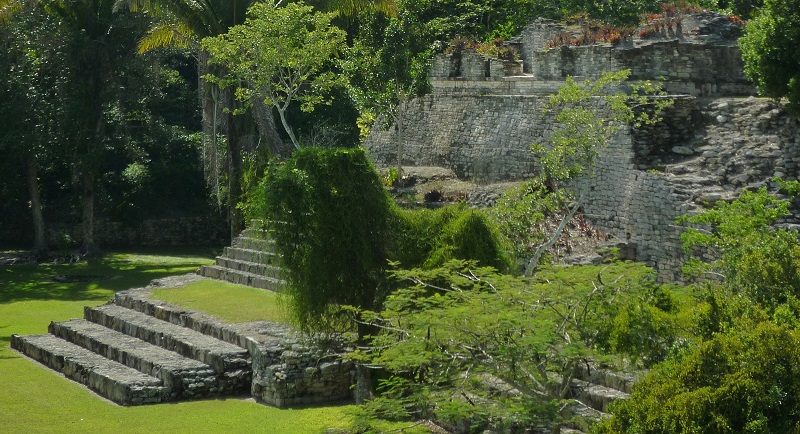
Travel Beyond The Ordinary

